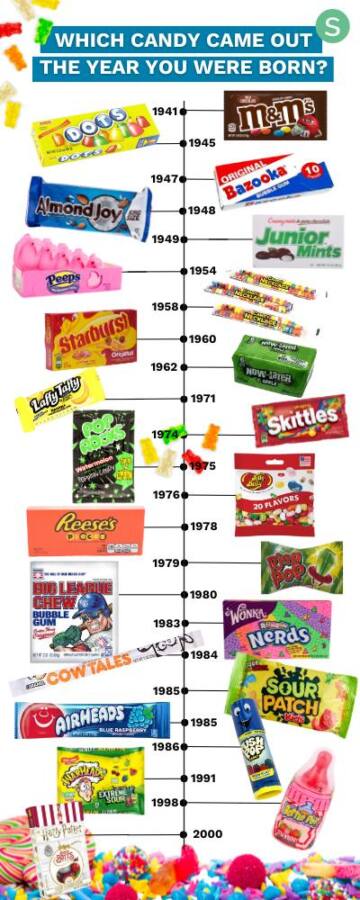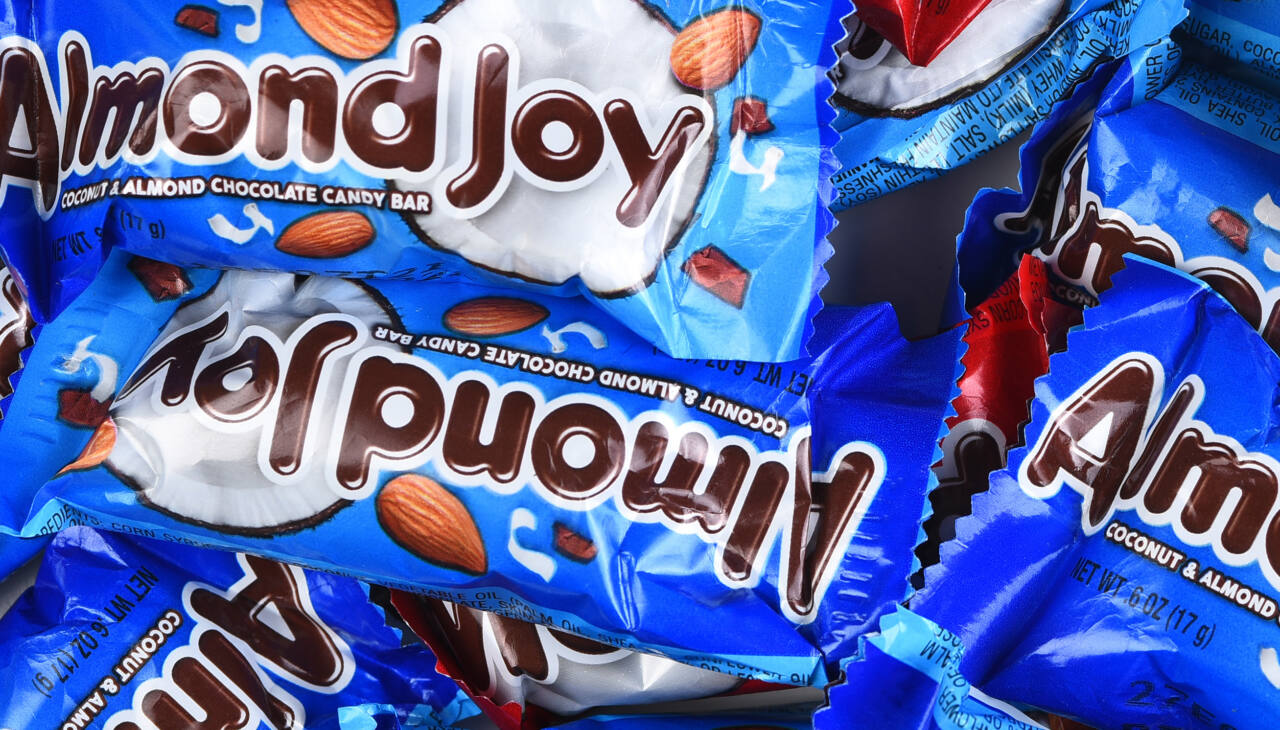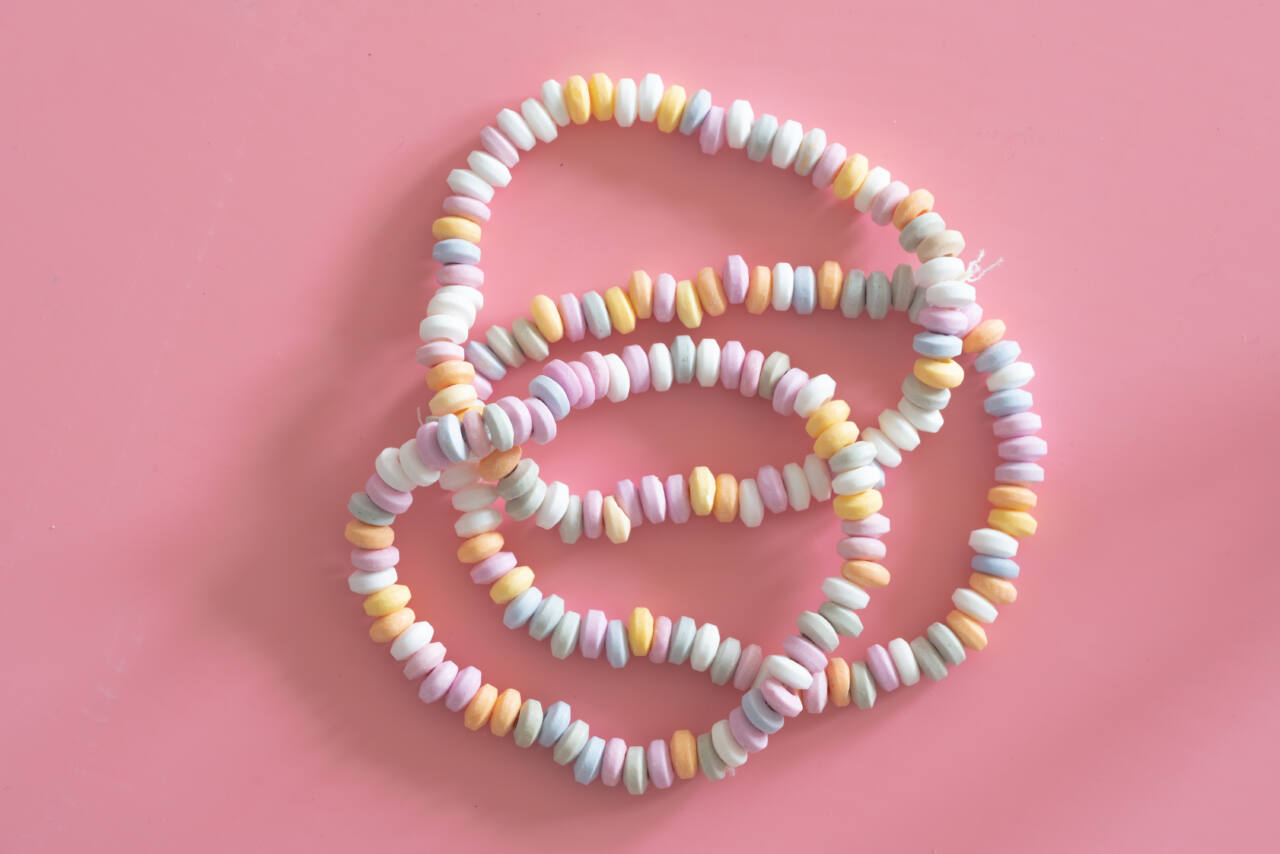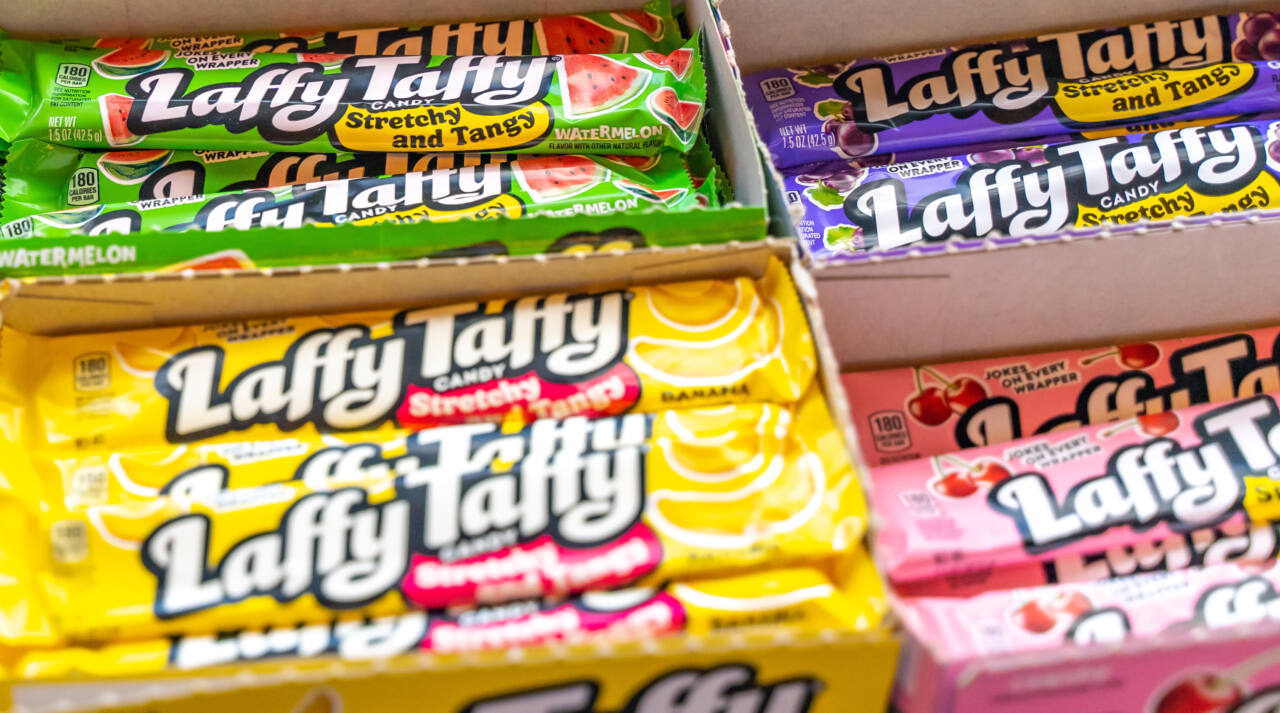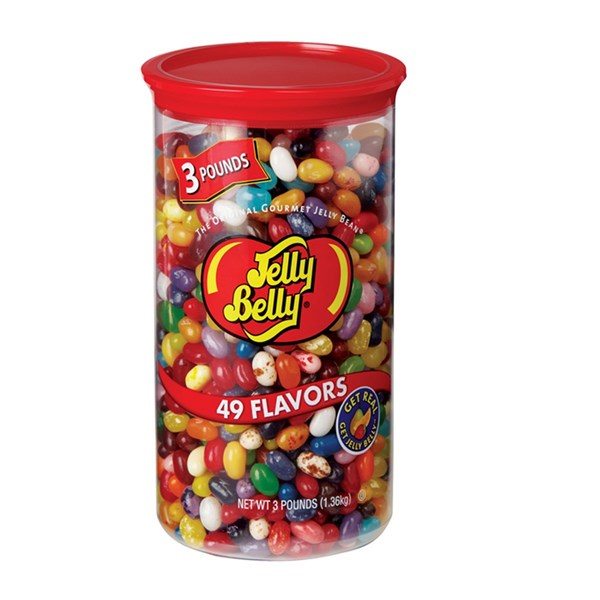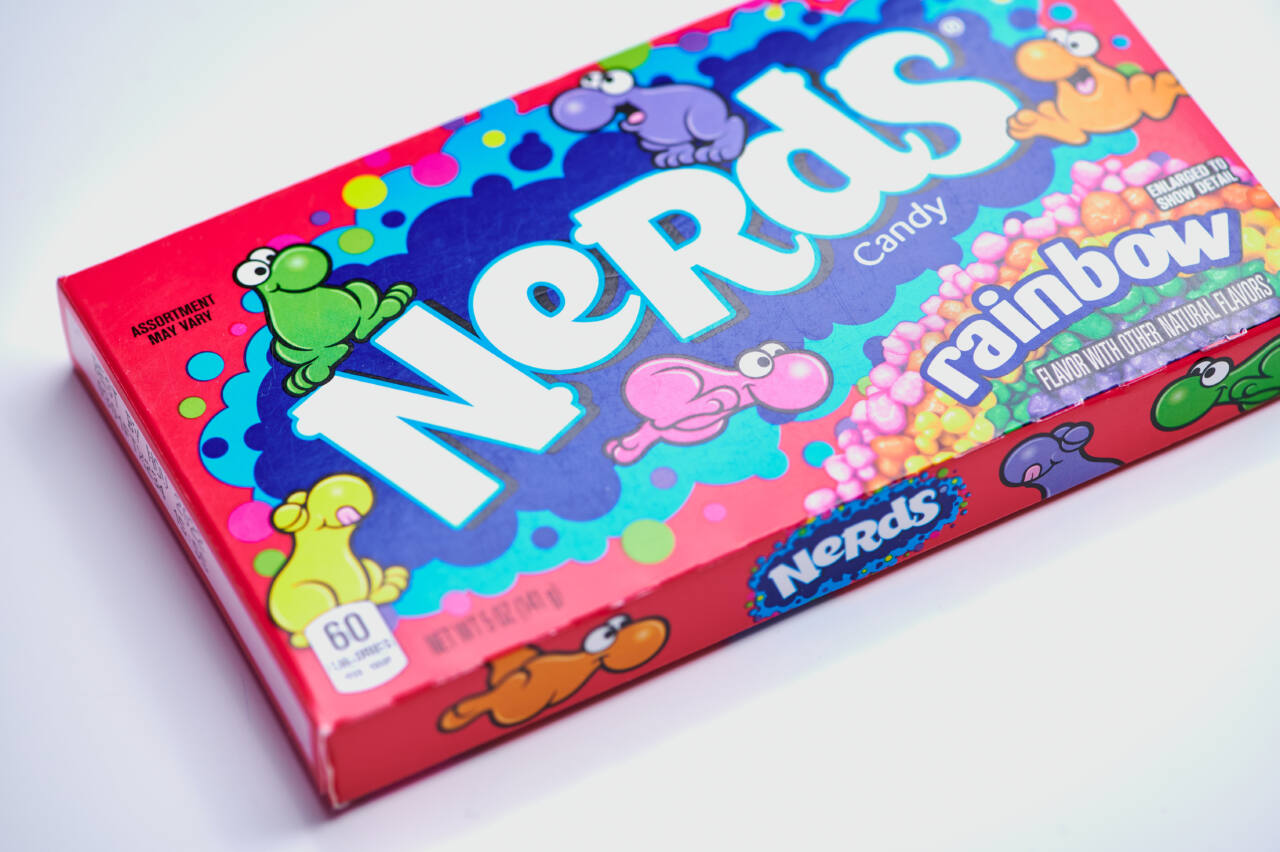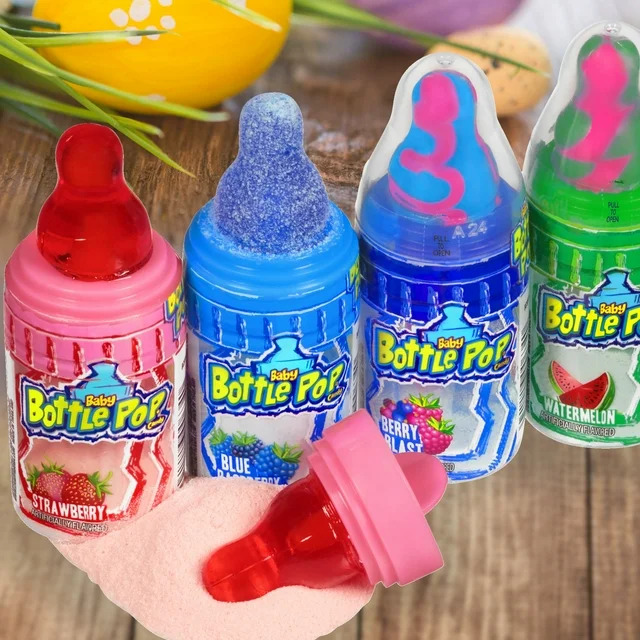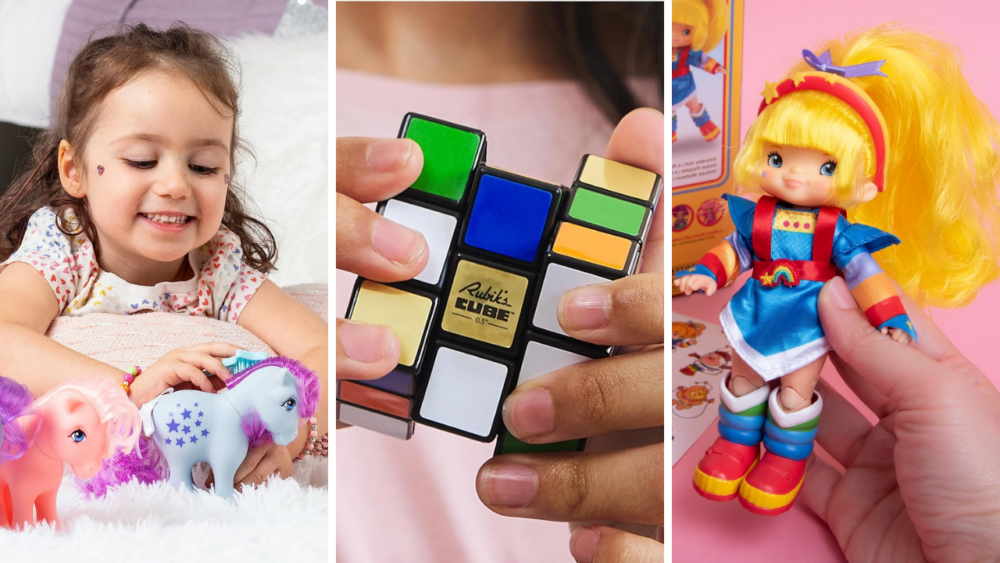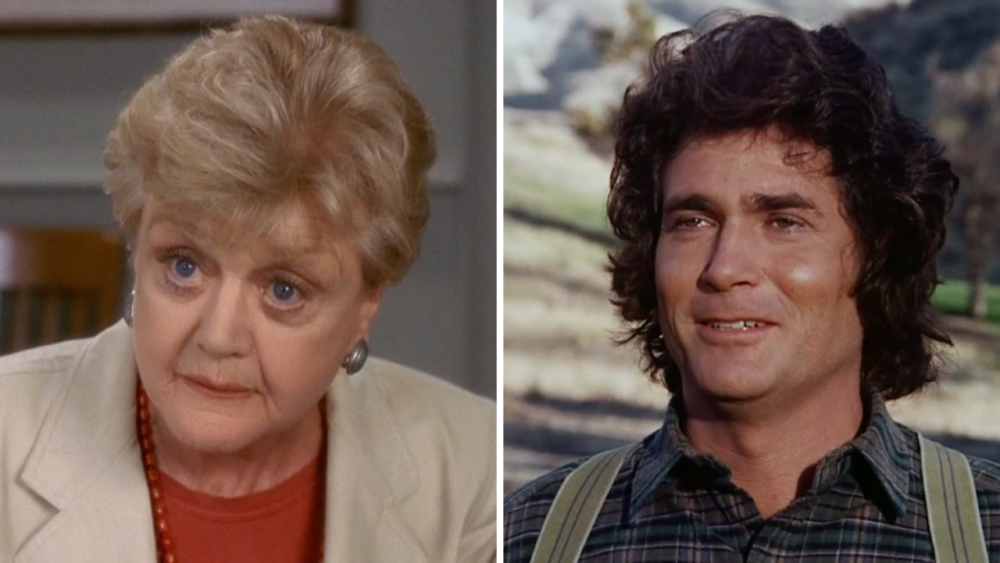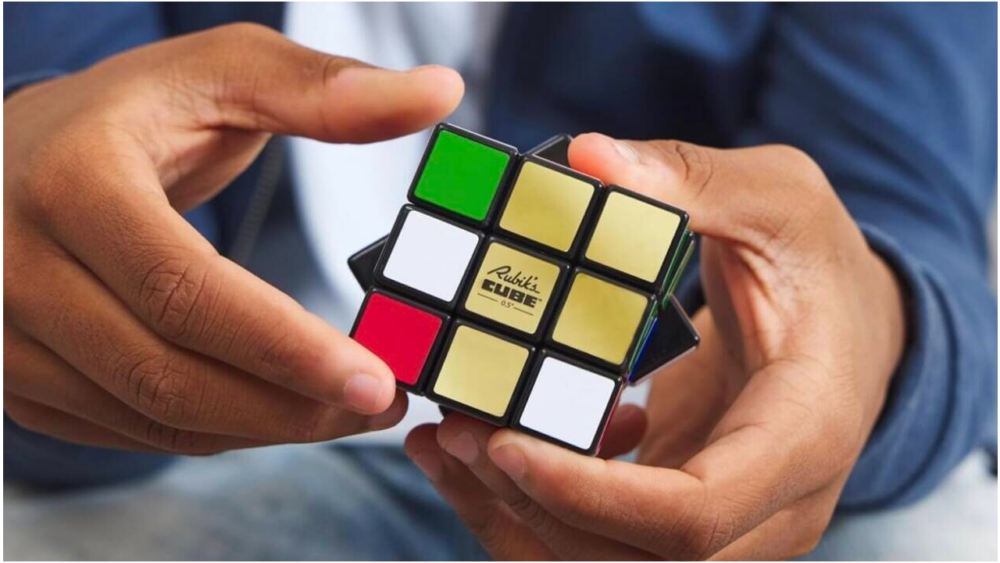Which candy came out the year you were born?
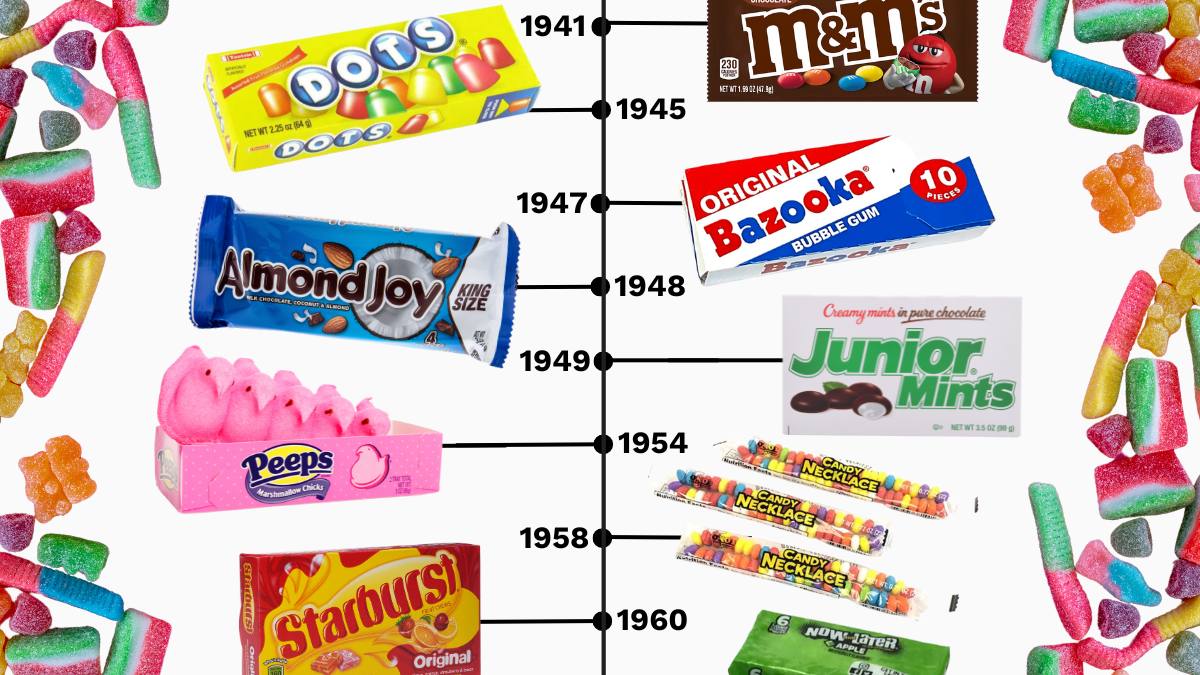
- March 29, 2024 |Last updated on 03/27/2024
When you think about your favorite candy, it may seem like it’s been around forever, but if you can believe it, people endured for centuries without Jelly Belly jelly beans.
The chewy and colorful candy beans made their debut in 1976. And Reese’s Pieces? They didn’t come on the scene until 1978.
Wondering which candy came out the year you were born? Check out the timeline below, and read on for some great history and fun facts!
1941: M&M’s
More than 400 million individual M&M’s are made every day in the U.S. That’s a lot of chocolate melting in our mouths! Since they hit the market in 1941, M&M’s have become a universally-adored treat. There are even stores devoted entirely to the many variations of M&M’s, along with toys, clothes and other merch that fans can buy to show off their M&M’s love.
1945: Dots Gumdrops
Dots are brightly colored gumdrops that don’t have a sugar coating on the outside (except for the sour flavor, which is coated in crunchy sugar). Introduced in 1945, there are still more than 4 billion of these chewy candies made annually. The brand is now owned by Tootsie Roll Industries, but you can still buy boxes of the original Dots flavors — along with lesser-known editions of the candies, like tropical and holiday flavors.
1947: Bazooka Bubble Gum
Bazooka Bubble Gum was introduced in 1947, and remained a kid favorite for decades, largely due to the gum wrappers that included comic strips, jokes and puzzles. Bazooka Candy Brands now offers newfangled flavors and products (and no more comics), but you can still find the old-style Bazooka Bubble Gum online.
1948: Almond Joy
Almond Joy is a “sister bar” to the Mounds bar, which made its debut in 1921. The “sometimes you feel like a nut” jingle came along in the 1970s as a way of marketing both bars at the same time and differentiating between the two: Almond Joy has coconut and almonds — for when you feel like a nut — coated with chocolate, Mounds are simply chocolate-covered coconut.
1949: Junior Mints
The name for these little chocolate-coated mint candies was a play on “Junior Miss,” a series of stories that ran in The New Yorker and later became a successful play. The founder of Junior Mints named the candy after the play, which he loved. Now owned by the Tootsie Roll Industries, you can find unusual Junior Mints products, like Junior Caramels and Peppermint Crunch, on the Tootsie Roll Industries website.
1954: Peeps
As a candy, Peeps has remained mostly true to its mid-century form and flavor over the past 70 years, but Peeps as a brand has evolved with the times. Between new flavor offerings, brand partnerships and even a hotel experience, these squishy little marshmallow treats have maintained their stronghold within the candy world, whether people like it or not.
1958: Candy Necklace
These edible jewels have been gracing birthday party good bags for over 60 years! Kids of the 1980s and ’90s might be particularly nostalgic for these sugary chokers that would steadily become more damp and slimy as you chewed off the rings.
1960: Starburst
These fruity squares of chewy taffy were first introduced in the U.K. in 1960 under the name Opal Fruits. They crossed the pond to the U.S. in 1967, first as Fruit Chewies and then Starburst. The Starburst lollipops hit the scene in 1999, offering the same Starburst flavors — without all the sticky stuff stuck in your teeth.
1962: Now and Later
In their original form, Now and Laters were quite similar to Starburst in that they were square, chewy, fruit-flavored candies that came individually wrapped. You can still buy the original kinds of Now and Laters, though the company has innovated on the traditional version and now offers new products, like Morphs, which change flavors as you chew.
1971: Laffy Taffy
These sweet and stretchy candies come with jokes written on the inside of the wrapper (hence the name), so you can groan while you chew. They were first introduced in 1971 by the Willy Wonka Candy Factory, which was later acquired by Nestle.
1974: Skittles
First made in 1974 in the U.K., Skittles arrived in North America five years later and began production in the U.S. in 1982. These sweet, chewy candies are a bit similar in look to M&M’s, but they differ in a key way: The different colors on the outer shells do connote the fruit flavor within (whereas M&M’s all have the same interior, regardless of the shell color). Hence, with Skittles, you can “taste the rainbow.”
1975: Pop Rocks
Pop Rocks were released to the public in 1975, but the patent for them had been obtained in 1961 by General Foods chemists, which makes sense because the experience of eating these candies felt like a chemistry experiment in your mouth.
1976: Jelly Belly
The Jelly Belly brand has managed to elevate the jelly bean from an ordinary Easter sweet to a candy with vast and surprising flavor potential. Released in 1976, these sweets found a fan in President Reagan, who started popping them after quitting smoking.
1978: Reese’s Pieces
M&M’s had a shot at being in the 1982 movie “E.T.” — but passed. Reese’s Pieces took their spot and saw sales explode. The peanut butter candies with a crunchy shell are now an iconic part of cinematic history and will likely always have a place in the long line of Reese’s products.
1979: Ring Pops
Ring Pops is likely one of very few candies that was created as a practical solution to a problem. Similar to the way some people substitute cigarettes for lollipops, a product engineer named Frank Richards invented the Ring Pop as a way to help his daughter break her thumb-sucking habit. Pretty clever, huh? Now, more than 40 years later, Ring Pops are still wildly popular with children everywhere — regardless of their thumbsucker status.
1980: Big League Chew
Big League bubblegum (first called Big League Chew) was created by former minor league pitcher Rob Nelson and it soon became a staple at Little League ballpark concession stands, which is slightly disturbing since the original product was shredded pieces of bubblegum that mimicked the appearance of chewing tobacco. Indeed, Big League Chew was intended to be a healthier replacement for the real “chew” that professional baseball players would use during the ’70s.
1983: Nerds
There’s nothing super special about these colorful pebbles of sugar, but for some reason, ’80s kids quickly grew obsessed with shaking them out of the little boxes (and then trying to pry off the few that were left stuck to the bottom). Nerds were released in 1983, and by 1985, they were named “Candy of the Year” by the National Candy Wholesalers Association.
1984: Cow Tales
Cow Tales came about in 1984 as a new and more-fun-to-eat version of the chewy Caramel Creams candies (also called Bulls-Eyes) that have been around since 1918. These days, you can find Cow Tales in multiple flavors beyond the original caramel, including brownie, Oreo and apple. And interestingly, the Cow Tales website offers unique dessert recipes that incorporate the candies.
1985: Sour Patch Kids
Sour Patch Kids actually came about in the 1970s under the name “Mars Men,” but they were renamed Sour Patch Kids in 1985, likely in response to the popularity of Cabbage Patch Kids at the time. Nearly four decades later, Sour Patch Kids are a widely recognized candy brand all their own, while the Cabbage Patch dolls have faded into the annals of ’80s nostalgia.
1985: Airheads
In the early 1980s, employees at Van Melle Inc., the company that produced Mentos, were tasked with expanding their product offerings and they came up with a flat, soft, chewy fruit product that we now know as Airheads. Steve Bruner, who decided on the candy’s name and branding, asked his sons for names they would call a friend who was doing something silly, and the answer that intrigued Bruner the most was “airhead.” Airheads are still sold today in a variety of flavors, with wrappers that still sport the smiling balloon face that Bruner dreamed up in the ’80s.
1986: Push Pops
The long-lasting Push Pop lollipops made their debut in 1986 with two flavors: grape and cherry. The brand didn’t introduce a character mascot for the candy until 2015 with the appearance of “Pushy.” A few years later, Push Pops expanded beyond the hard stuff and started offering gummy products.
1991: Warheads
These sour candies were invented in Taiwan in 1975, but only made it to the U.S. in 1991, and they quickly gained popularity among American kids. Millennials today might recall the eye-watering, tongue-aching intensity of eating Warheads, an experience that wasn’t exactly enjoyable and yet we continued to do it anyway.
1998: Baby Bottle Pop
The idea with this candy, which hit the market in 1998, is that you lick a piece of candy shaped like a baby bottle nipple and then submerge it into a bottle of sugar and lick the sugar off. This candy became popular soon after teens began wearing pacifiers around their necks and sucking on them, which is a trend that thankfully ended, though you can still buy Baby Bottle Pops today. Some adults have found that they make a cute and nostalgic addition to a baby shower candy bar.
2000: Bertie Bott’s Every Flavour Beans
Potterheads, we haven’t forgotten you. At the turn of the century, Jelly Belly partnered with Warner Bros. to create jelly beans to match flavors from the Harry Potter series. The resulting Bertie Bott’s Every Flavour Beans feature compellingly Hogwarts-inspired flavors such as rotten egg, earwax and sausage. Warner Bros. also wanted a vomit flavor, and Jelly Belly’s food scientists pulled a flavor that hadn’t worked well out of their archive. “Barf started out as a pizza flavor,” Jelly Belly’s Jana Sanders Perry told Food Business News. And the rest is history.
Brinke Guthrie and Kate Emswiler contributed to this report.


